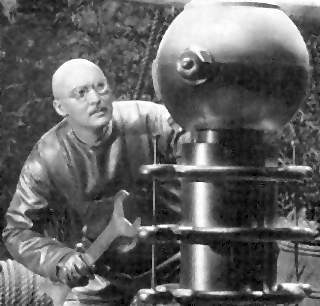Science in Society’s Updates
When Nature Looks Unnatural
nytimes.com | Article Link | by Sean Carroll
Nothing makes scientists happier than an experimental result that completely contradicts a widely accepted theory. The scientists who first invented the theory might not be tickled, but their colleagues will be overjoyed. Science progresses when a good theory is superseded by an even better theory, and the most direct route to building a better theory is to be confronted by data that simply don’t fit the old one.
Nature is not always so kind, however. Fields like particle physics and cosmology sometimes include good theories that fit all the data but nevertheless seem unsatisfying to us. The Hot Big Bang model, for example, which posits that the early universe was hot, dense, and rapidly expanding, is an excellent fit to cosmological data. But it starts by assuming that the distribution of matter began in an incredibly smooth configuration, distributed nearly homogeneously through space. That state of affairs appears to be extremely unnatural. Of all the ways matter could have been distributed, the overwhelming majority are wildly lumpy, with dramatically different densities from place to place. The initial conditions of the universe seem uncanny, or “finely tuned,” not at all as if they were set at random.


